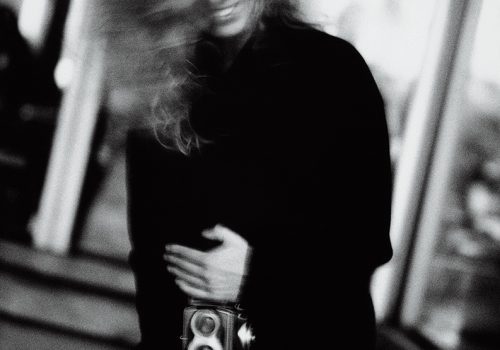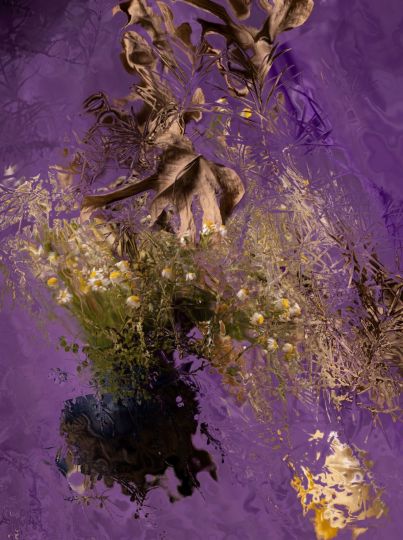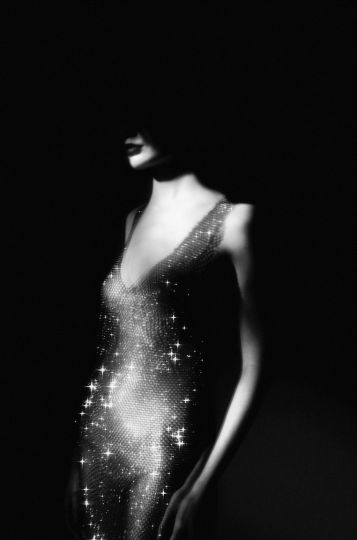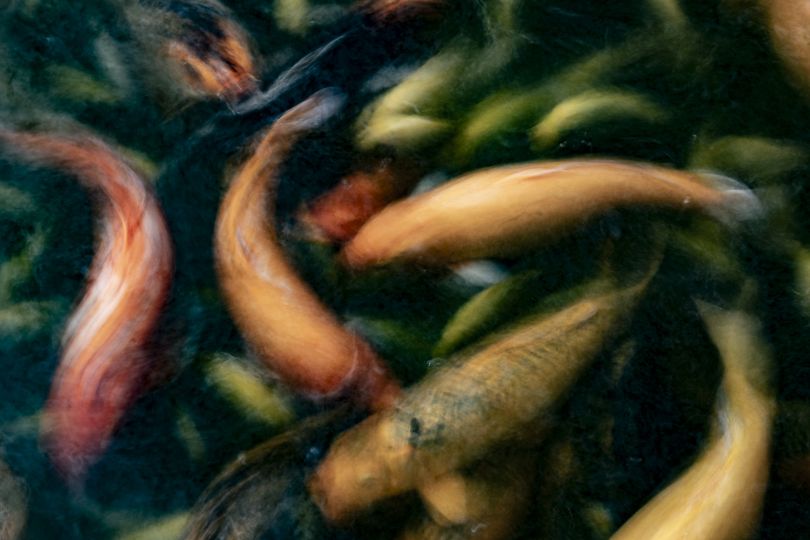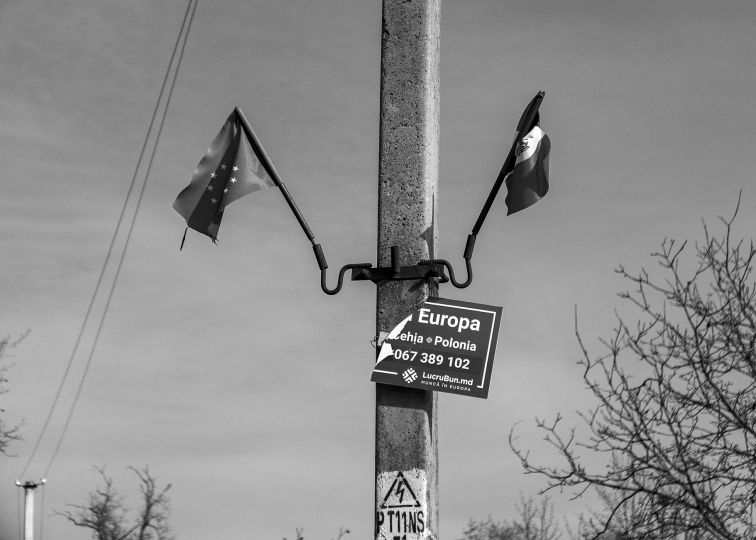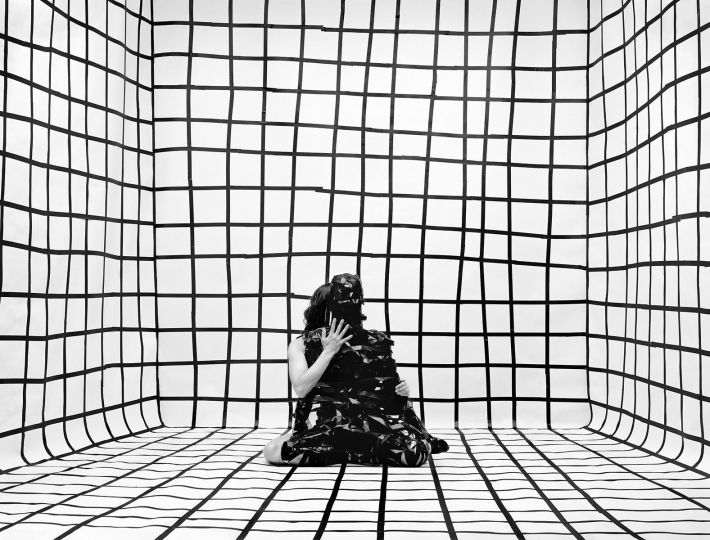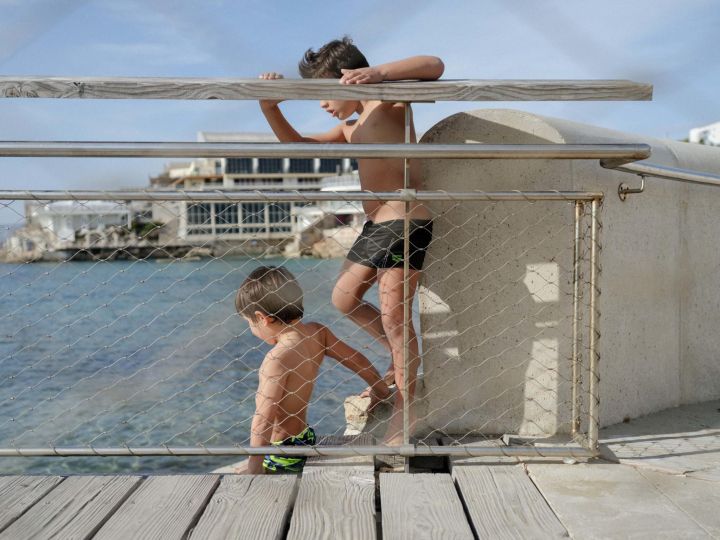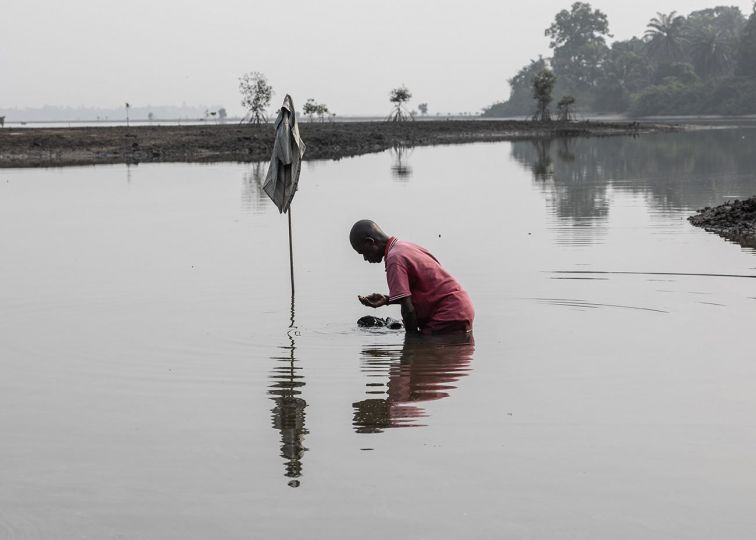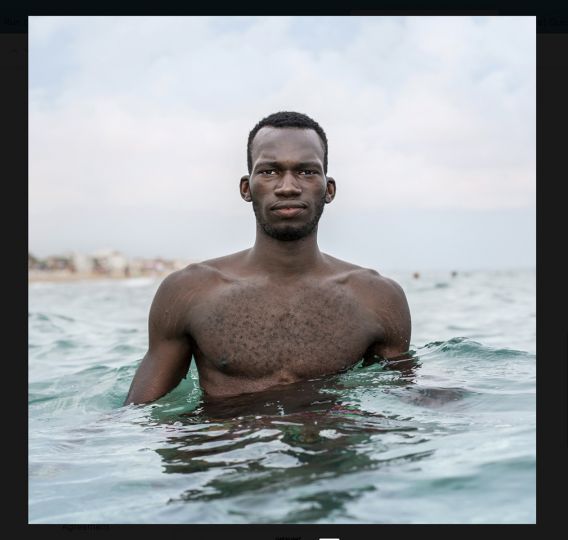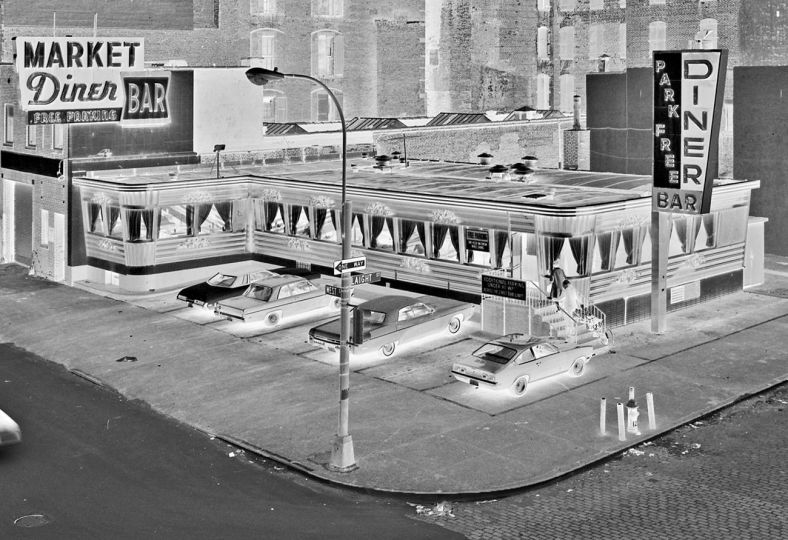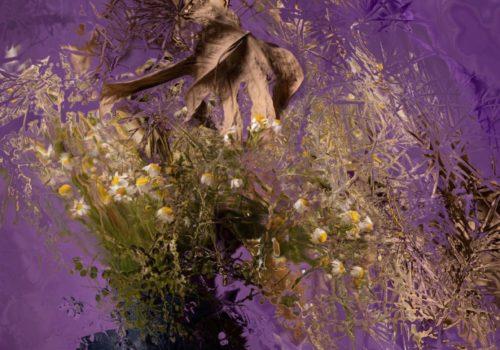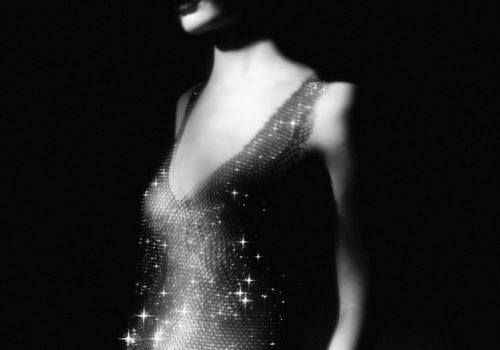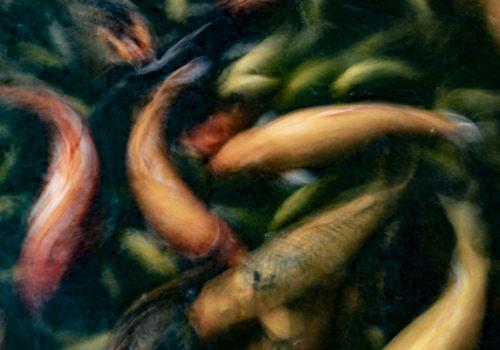Muriel Berthou Crestey’s book, “At the heart of photographic creation” offers a meeting with 24 of the greatest contemporary photographers.
Photographers speak. What are the regrets or surprises that punctuate a photographer’s life? What are the corresponding realization, sharing and selling strategies? What are the starting points, the theme, the forms, etc. ? What are the moods of photographers? How have new technologies changed their practices? To answer these questions and many others, Muriel Berthou Crestey met photographers representative of various movements of the contemporary era.
The Eye presents to you in the coming days extracts from these interviews, today DOMINIQUE ISSERMANN.
The free image (published interview includes 30 questions – here are 6)
Muriel Berthou Crestey. What are your favorite media?
Dominique Issermann. I prefer fragile and ephemeral media. I like postcards. This is my favorite medium. I like magazines because I think the photos will eventually pack the fish and I like that. Then come the books and lastly the photo exhibitions. I have more trouble, not to make the prints but to frame them and hang them on the wall. When I exhibited in Arles in 2006, I installed a projection system measuring 5 x 3 meters in boxes. It suited me more since this installation was perfectly adapted to the place.
B. C. Anne Rohart’s photographs are emblematic of this quest for balance. You talked about a permanent sequencing.
I. I thought of it as a path in architecture, a stroll of Anne in the castle of Maisons-Laffitte. There is a gradual evolution, first an entrance into the building and finally an exit. In the meantime, one takes a more or less tacit walk. This is done in a permanent fluidity. This was also the case in the exhibition of Laetitia Casta’s photos where I had chosen to present at the beginning of the hanging plans of the architect Zumthor 12 on which I had marked stations, as if he it was a map of the Tendre. There were tokens that showed where I had made the pictures, and that order was respected in the hanging. The first photograph corresponded to the state of stupefaction in which Laetitia was discovering the building she did not know yet. There was people all the time, so you had to deal with that reality. I wanted her to settle first in the building as in a box, like Jessica Lange in the hand of King Kong.
B. C. What relationship do you have to clothing?
I. I belong to a generation who wanted to imperatively respect the fashion designer’s language and what he or she wanted to express. Often, I do a sequence of shots of one hour and when I think it’s over, the model leaves the clothe in the cabin; I discover the back of a garment and there, we realize that we must start all over again because it is from the back that the intention is clearer.
B. C. Does your positioning in space determine that of the model?
I. Sometimes I am on the floor. I twist myself in one direction; she makes the same inverted movement as in a mirror. She goes to the end of its possibilities to keep this or that pose and me too. It gives me other ideas. It creates a harmony between these two energies.
B. C. The photographs of Laetitia Casta were the last in silver. Do you think digital technologies offer new potential?
I. Some things are definitely lost with the end of film. There is almost no lab anymore. It is untenable. From now on, it’s a little obstacle course if you want to use this type of techniques. It’s beautiful. It will always be beautiful. Digital technologies cause archiving problems. I am afraid that this will become a big market for amateurs and that professionals will lose in quality and means at their disposal. You have to reinvent something, but that is not easy. I work passionately with the iPhone; I did a dozen clips for Leonard Cohen’s latest album 13 entirely with the iPhone.
B. C. Your images involve the intervention of the off-screen. They are sometimes framed on a detail. Why focus on the close-up?
I. To take a piece of reality makes it possible to imagine what is around. This is a process I use a lot in accessory photography, because even when people only see part of a bag with one hand, they feel like they’ve seen the whole scene. I would like to make you feel what happened before and what will happen next, as in a movie sequence.
Muriel Berthou Crestey – Au coeur de la création photographique
ISBN 978-2-8258-0285-4
Editions Ides et Calendes

